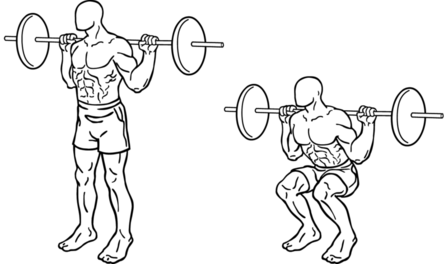
We're flying to Oakland next week for a whole slew of events with family. I haven't decided if I'm going to opt-out of the advanced imaging scanners (AIS) or not. The TSA and FDA claim the X-ray backscatter imaging machines are safe, however they reference studies looking at a different energy-band of X-rays than are used in the machines. The millimeter-wave machines are likely safer. My decision may depend on which type of machine they're using (if Denver has them yet, they didn't the last time I was there) and how much time we have before the flight.
I am a firm believer that most of what the TSA does is "security theater," wherein they do things that appear to make us safer by responding to specific threats, but it does not (and can not ever) address all the different attack vectors terrorists might use. In particular, the AIS machines and the "enhanced" pat-downs (more like "feel-ups"), which have been introduced ostensibly in response to the "underwear bomber" from a year ago, fail to address "internally" stored explosives, so to speak. Not that I'm hoping for it to happen, but as soon as this fairly obvious attack vector is tried, what will the TSA do then?
I have some ideas.
- Have passengers to disrobe into hospital-style gowns with open backs. Then they must perform ten deep squats in view of a TSA agent. They have the option of visiting the bathroom beforehand to prevent "accidents" (or get rid of the evidence). This will have the side-benefit of preventing obese and disabled passengers from flying, allowing the airlines to reduce seat and aisle width and legroom even further.
- Tell passengers to show up to the airport six hours early and give everyone a strong laxative. This may be combined with the above, in order to "facilitate" the discovery or disposal of explosives.
- Sedate passengers prior and during to each flight period, giving them a 24 hour window over which the flight may occur. This prevents the terrorists from being conscious to set a bomb off, or set a timer beforehand. To prevent the use of air pressure-sensitive triggers, the sedated passengers would spend time in a high-altitude chamber.
- Good ol' fashioned cavity searches. Anything for security, right?
Sure, the things above sound ridiculous, but so does wasteful security that responds to specific threats, which is what we have now.